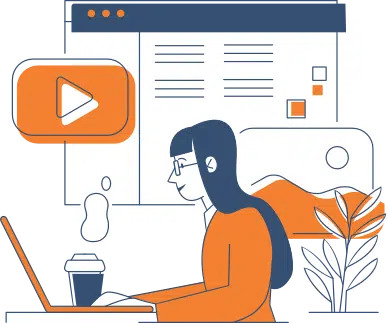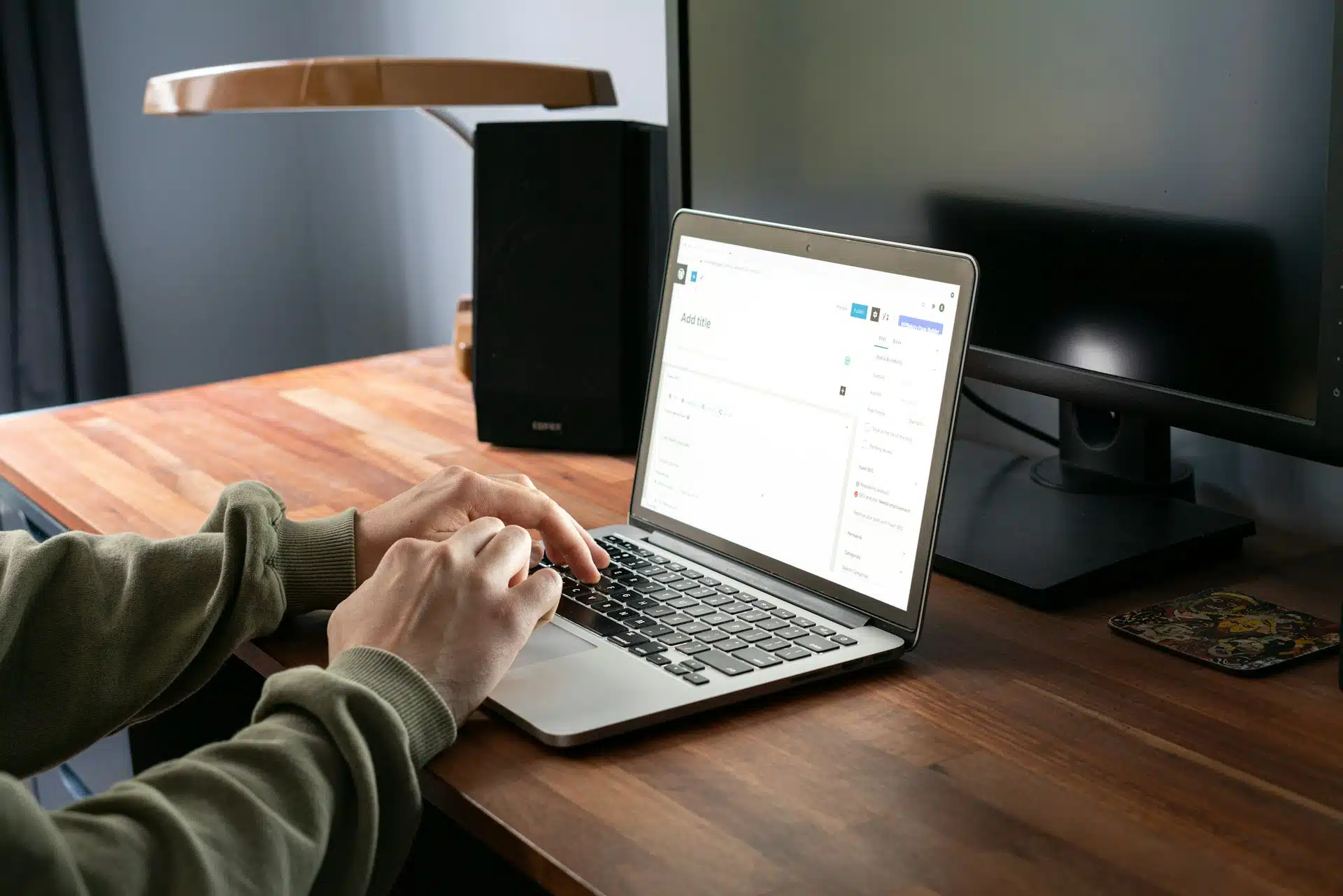

It’s pretty much a cliché at this point saying how technology is ever advancing, changing, etc… The same can be said about marketing, the market itself, business. And of course, just because it’s a cliché doesn’t mean it’s not true. But, we want to get a bit deeper with this article. As an interesting contrast, the things that are behind a good modern day web design are as ancient as the human nervous system. Human psychology is a background behind any design choice and option. In fact, the very reasons why certain design choices are pleasing to us, while others are annoying or boring, is due to our psychology.
Familiarity
We want and crave familiarity. This saved us from many types and sources of danger in prehistoric times. Looking for familiarity means looking for something safe, for an environment that we can control. This somewhat extreme example can clearly be transcribed onto websites and web design. The internet has been here for some time now, and we are used to certain systems and designs. Essentially, what we are saying is that you stick to certain patterns and ideas that are ever-present online. They are there for a reason. Essentially if it ain’t broke, you shouldn’t fix it.
However, we don’t advise you give up on originality. Rather, we state that you should either make a choice. Give some of your unique flair and special touch to your design, while still staying within the bounds of standard practices. Or, if you are feeling brave, create something unique that you are certain, for a fact, that people will be able to navigate and accept.
Trust
The internet is rife with scammers and con artists, and you need to find a way to create trust and security. There are many things you should keep in mind if you want to facilitate trust. First of all, check out how some of these obvious scammers and spammers write. Observe the language they use. You will notice that it’s flashy, full of guilt trips, pressure, and incredible results and offers. Try to avoid this kind of purple prose, and focus on direct and to the point language. No matter how trustworthy you are, the writing and the content within your websites needs seem trustworthy, and not like it’s been written by a stereotypically used car salesman.
Next, we understand that sometimes ads are necessary. However, try to be as subtle as you can. Cluttering a page with ads will just dissuade any potential reader or client from spending more time at your website and actually reading the content or making a purchase. Of course, this is a matter of constant and consistent communication between designers and clients, since many employers will want to have a final say on ad placement.
Room and reading patterns

There are certain patterns and shapes that are tied to humans wanting to be as efficient as possible. One of these is the F reading pattern. Namely, we are bombarded with information every day, and one of the ways we deal with this is by utilizing the F reading pattern. Essentially, when we are presented with an article, we only read the first line in its entirety, they scan a couple of rows, then read the next line, and then scan the rest of the article. This will help us figure out whether the article is actually worth reading or not. Use this to your advantage. Put important information and keywords in the mentioned lines, and at the beginning of the rows found between them.
Also, create some room. Avoid cluttering every inch of space you have with content, buttons, links, and text. Instead, create some room to breathe. A cluttered page will create a sense of claustrophobia and chaos for your website. What you want is to stay neat and orderly. And this brings us nicely to the next point, and that is minimalism.
Minimalism and attention spans
We only have a limited amount of attention we can dedicate to a certain point or topic. Think of the human brain as having a limited amount of processing power at any given moment. A cluttered interface will just confuse and frustrate people. Putting a limited amount of information and features will create some room for people to focus on what they are actually interested in, and to direct their attention to what you want them to focus on.
So, fight the urge to implement as many ideas and features as you can. These may be excellent functions that you poured your heart and soul into, but it will amount to nothing if people are so overwhelmed with content that they won’t even be able to use the most basic of features you offer them.
Consistency
Set up your Facebook and other social media pages properly, and keep them in line with each other and with your website. If you offer consistent design patterns and functions, people will feel more familiar with your company and products and will help reinforce the unity of your content. Keep a certain colour scheme for your Facebook cover photo, your twitter profile picture, and logo, and always present your information properly. Writing in one style on your website, and in a different style on your Facebook page will not give you good results.
Implementing good search engine optimization, either by hiring a professional company or delegating the whole thing to one of your employees, is essential. However, it needs to be done properly. By this, we mean that you need to be as subtle as possible with your keywords and backlinks.
Conclusion
Being familiar with basic and advanced human psychology can help you with your web design. Either through understanding how our attention spans work, creating trust, or understanding how reading patterns work, you will become more efficient and effective. Utilize our reliance on familiarity, and know when it’s ok to break it, and when to focus on said familiarity. Remember to think outside of the box, while at the same time stay aware of when you need to stay inside it.
Author: Nick Brown
Nick is a blogger and a marketing expert currently engaged on projects for Media Gurus, an Australian business, and marketing resource. He is an aspiring street artist and does Audio/Video editing as a hobby.
Recent Articles
Write For Us
Think you’ve got a fresh perspective that will challenge our readers to become better marketers? We’re always looking for authors who can deliver quality articles and blog posts. Hundreds of your peers will read your work, and you will level up in the process.Ready to grow? Say Hello






